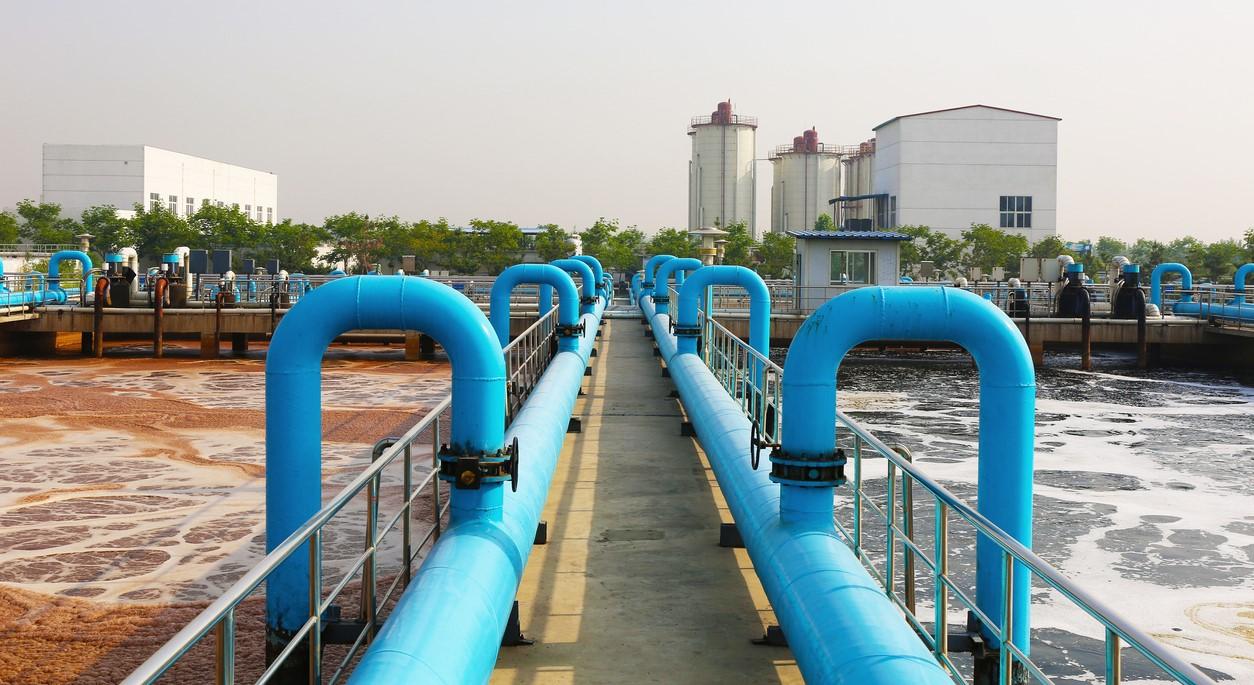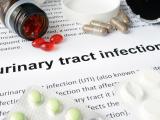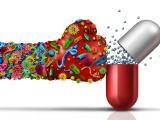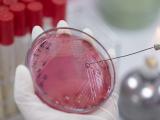A new report on responsible antibiotic manufacturing suggests that while a handful of companies are taking steps to reduce the amount of antibiotic manufacturing waste released into the environment, more needs to be done.
The report from the Access to Medicine Foundation, released today, provides a closer look at an issue the group has been studying for several years in its assessment of how pharmaceutical companies are addressing antimicrobial resistance (AMR).
Although overuse of antibiotics in human and animal health is considered the primary factor in the rise and spread of AMR, there is growing concern that the release of antibiotic residues from manufacturing sites into local waterways—and subsequent interaction with bacteria and antibiotic resistance genes—contributes to the problem by promoting drug resistance in the environment. The authors of the report say that manufacturing antibiotics responsibly and in ways that don't promote AMR is both a "moral imperative" and a business priority.
"By acting now and investing in responsible manufacturing, companies will not only help minimise the propagation of AMR, but can set themselves apart in the market," they write.
Strategies for limiting antibiotic discharge
Using examples from both large and small pharmaceutical companies, the report identifies three specific areas where steps can be taken to limit antibiotic waste more effectively.
The first is for companies to assess the concentration of active pharmaceutical ingredients (APIs) in their manufacturing wastewater before it has been released into a river or waterway. Currently, companies measure for the predicted no-effect concentration (PNEC)—the lowest concentration of APIs that won't promote the development of resistance—after it has been released into local waterways.
But that means the estimated concentration of antibiotic waste will be diluted, making it easier for companies to meet the PNEC target, according to report author Martijn van Gerven, a researcher with the Access to Medicine Foundation's antimicrobial resistance program.
By applying discharge limits to wastewater before it is released, companies can limit the amount of antibiotic residues that environmental bacteria are exposed to. While wastewater from hospitals and farms also expose environmental bacteria to antibiotic residues, van Gerven says waste from antibiotic manufacturing plants has some of the highest and most extreme concentrations of antibiotics.
"We want to avoid a situation where bacteria are meeting antibiotics, and that starts in the wastewater, leaving the factory," van Gerven told CIDRAP News. "So that's why we want companies to set limits there and not in the river."
Two companies highlighted in the report—Shionogi and Centrient—have shown they have the capability. Shionogi, for example, stated that it complies with discharge limits directly in its wastewater for all five of the antibiotics it manufactures, while Centrient treats its wastewater three times before recycling it.
"We're happy to see that some companies are already stepping up and showing us that this is feasible," van Gerven said.
We want to avoid a situation where bacteria are meeting antibiotics, and that starts in the wastewater, leaving the factory....So that's why we want companies to set limits there and not in the river.
Another way to encourage responsible antibiotic manufacturing is for large pharmaceutical companies that operate their own manufacturing sites and contract with third-party suppliers and manufacturers to exert their influence over the supply chain. For example, Abbott provides suppliers of its antibiotics with wastewater sample analysis free of charge and is one of several companies (along with Pfizer, Shionogi, GSK, Centrient, and Sandoz) that have introduced contractual provisions to ensure that third-party suppliers are complying with discharge limits.
"We see the position that these marketing authorization holders have as one where you can actually transform the supply chain," said Marijn Verhoef, PharmD, Access to Medicine Foundation's director of operations and research.
Lack of transparency
One area that's been lacking, according to the report, is transparency. Only five companies (Centrient, GSK, Shionogi, Teva, and Viatris) publicly report specific details on their waste management practices, but none of those companies, or others included in the report, publicly report antibiotic discharge levels at their own manufacturing sites or supplier sites.
"Some companies are reporting on how many of their sites are compliant with these discharge limits, but no one is actually sharing the concentrations or the actual data," van Gerven said.
But that could change with some pressure from outside stakeholders. An example provided in the report comes from New Zealand, where the government mandates public disclosure on environmental practices from companies in the drug and medical devices supply chain. In Sweden, Norway, and the United Kingdom, health officials and drug procurement agencies are including responsible antibiotic manufacturing practices into their procurement contracts.
Verhoef said this kind of pressure from entities that are procuring antibiotics—as well as investors that consider environmental, social, and corporate governance measures to screen investments—could force companies to make the necessary changes.
"If you want to maintain access to markets like the UK, Sweden, and Norway, it's important that you stay ahead of the curve and prepare your antibiotics business for either implementation of new regulations or expansion of existing procurement models," he said. "It's a sustainability decision."
The report also notes that the World Health Organization is in the process of developing its own guidance on waste and wastewater management in pharmaceutical manufacturing.
Increasing access without making the problem worse
Ultimately, promoting more responsible antibiotic manufacturing goes hand-in-hand with another priority for the foundation—encouraging pharmaceutical companies to increase access to first- and second-line antibiotics in the countries that desperately need them. In its 2021 AMR benchmark report, the foundation found that only a few of the 17 companies evaluated had strategies for making their antibiotics more accessible in LMICs.
Verhoef says that while they want pharmaceutical companies to conduct more research and development of new antibiotics and produce more first- and second-line antibiotics for lower resource countries, that will require a scale-up of antibiotic manufacturing. But without responsible manufacturing processes, more antibiotic manufacturing could exacerbate the AMR problem by releasing more antibiotic waste into the environment.
"Basically, we're saying that as you scale up, do it in a responsible way," he said.
























